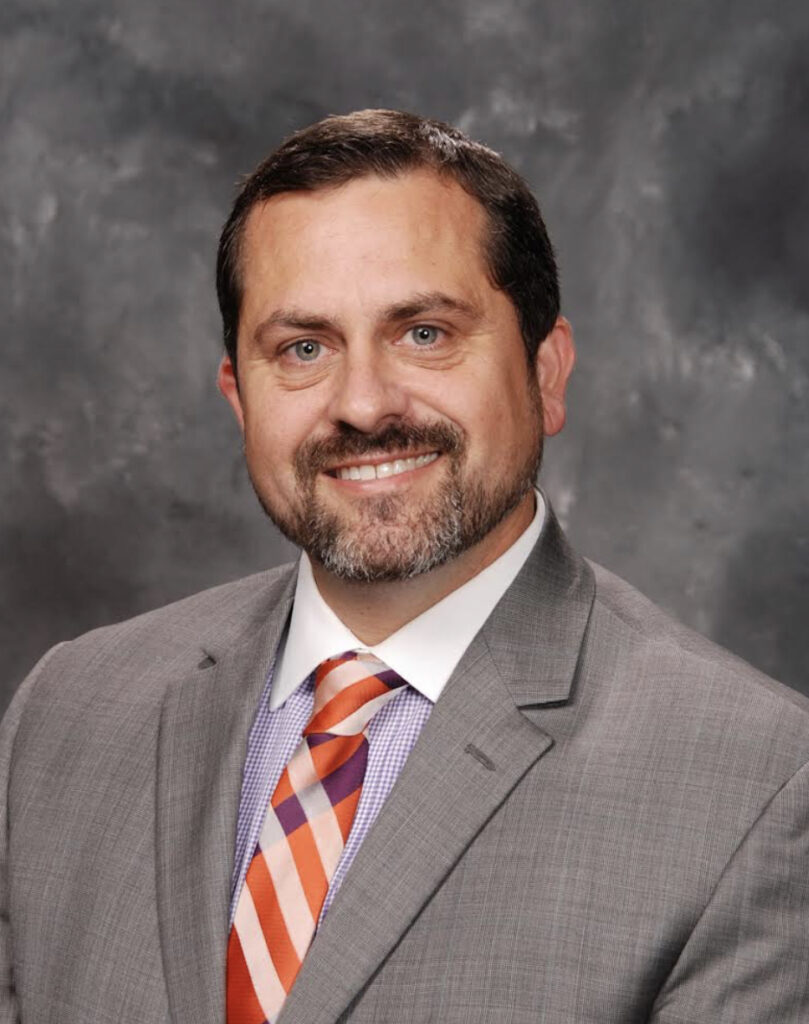
As the days grew closer to my high school graduation, I was asked repeatedly about my college plans.
Like many of my fellow graduates, I wasn’t sure how to answer. Even as a high school senior I wasn’t sure where I would go to college, what I would major in, or how I could afford to pay for school. I certainly hadn’t visited any colleges besides the two my high school took me to as part of a field trip. My career path didn’t lead me straight to college. Instead, I enlisted in the military right after graduation. For me, college happened much later, after completing two terms in the US Army.
You know what I never heard while in school? Nobody ever said, “you don’t have to go to college to be successful”. Even as I served in the military, I knew my own path would eventually lead to college. This was right for me personally. However, the notion that college guarantees a career with a decent income is false, and we must do a better job showing K-12 students that this is not the only path to take in order to earn enough money to provide for a family.
It is true that some careers are not an option without a college degree. If a student aspires to be a physician, an accountant, a teacher, or a lawyer then a degree makes perfect sense. But what if the student wants to be a barber, an electrician, a plumber, or a welder? These trade careers are abundantly available and allow for a comfortable lifestyle with career security in today’s workforce.
Let’s briefly review the return on investment (ROI) for someone who enters a trade career right away versus someone who goes to college to earn a degree before entering the workforce. For this hypothetical scenario, we will look at a plumber versus an accountant (see the chart).
|
ACCOUNTANT (CPA) |
PLUMBER |
|
|
YEAR 1 |
-$25,000 (SFASU) |
$53,910 |
|
YEAR 2 |
-$25,000 (SFASU) |
$53,910 |
|
YEAR 3 |
-$25,000 (SFASU) |
$53,910 |
|
YEAR 4 |
-$25,000 (SFASU) |
$53,910 |
|
YEAR 5 |
$73,560 |
$53,910 |
|
YEAR 6 |
$73,560 |
$53,910 |
|
YEAR 7 |
$73,560 |
$53,910 |
|
YEAR 8 |
$73,560 |
$53,910 |
|
YEAR 9 |
$73,560 |
$53,910 |
|
YEAR 10 |
$73,560 |
$53,910 |
|
YEAR 11 |
$73,560 |
$53,910 |
|
YEAR 12 |
$73,560 |
$53,910 |
|
YEAR 13 |
$73,560 |
$53,910 |
|
YEAR 14 |
$73,560 |
$53,910 |
|
YEAR 15 |
$73,560 |
$53,910 |
|
YEAR 16 |
$73,560 |
$53,910 |
|
YEAR 17 |
$73,560 |
$53,910 |
|
YEAR 18 |
$73,560 |
$53,910 |
|
YEAR 19 |
$73,560 |
$53,910 |
|
YEAR 20 |
$73,560 |
$53,910 |
|
TOTAL EARNED |
$1,076,960 |
$1,078,200 |
A plumber is paid differently around the United States based on the location and on the amount of experience. According to the US Bureau of Labor Statistics, a plumber’s median income was $53,910 in 2018. To enter this field a student needs to complete an apprenticeship consisting of about 2,000 hours and is paid while completing this valuable on-the-job training.
An accountant usually earns a bachelor’s degree and could increase his or her income if he or she becomes a certified public accountant (CPA), which is required to work in most public companies. According to the US Bureau of Labor Statistics, an accountant’s median income is $73,560 if a CPA Certification is attained.
Both careers, plumbing and accounting, are in high demand and a graduating student would have almost no trouble gaining employment in either of these fields after meeting the entry requirements.
As noted, the accountant must earn a degree and a CPA which can cost anywhere from $32,000 to over $200,000 depending on the tuition at the school where the degree is attained. According to the 2020 Department of Education’s IPEDS survey, the average cost of a four-year degree at Stephen F. Austin State University (SFASU) in Nacogdoches is $100,000 for an in-state student.
Assuming both students earn the median income for their entire career, it would take just over 20 years for the accountant to earn as much money as the plumber. You read that right, 20 YEARS! A successful career in trades is not only possible but probable in today’s workforce.
In a few short months, the class of 2023 will graduate high school and embark on their chosen paths. If you’re aware of a student who has no future-plans after graduation, advise them to schedule an appointment with the school guidance counselor right away. The school counselor has access to many career-aptitude resources such as Xello or the Princeton Review. These, and other similar online resources may provide clarity to students making career choices.
Let’s change the conversations leading up to graduation from those centered around college to conversations aimed at learning what careers interest the student. Then let the students decide their career path. Whether he or she chooses college, a trades-career, or the military, the student can earn a sustainable income.
Column by Dr. Enos







